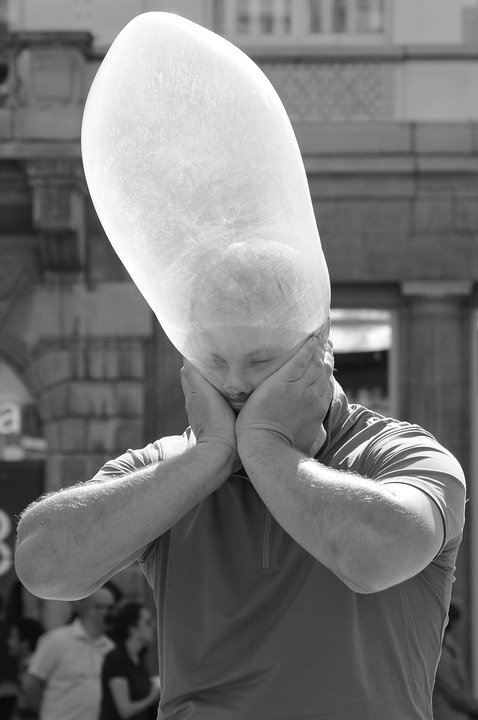
The trachea, also known as the windpipe, is a vital component of the respiratory system that plays a crucial role in helping us breathe. This long, tubular structure is responsible for transporting air from the nose and mouth to the lungs, allowing for the exchange of oxygen and carbon dioxide that is essential for sustaining life. Understanding the importance of the trachea is key to appreciating its critical role in maintaining our overall health and well-being.
The trachea is a tough, flexible tube that is made up of cartilage rings and lined with a mucous membrane. It extends from the lower part of the throat, or pharynx, and descends down into the chest where it splits into two bronchi, which then branch off into smaller bronchioles that lead to the lungs. The trachea is approximately 4-6 inches long and about 1 inch in diameter, providing a direct pathway for air to travel to and from the lungs.

One of the primary functions of the trachea is to protect the delicate tissues of the lungs by providing a barrier against foreign particles, such as dust, pollen, and bacteria, that can enter the respiratory system. The mucous membrane lining the trachea contains tiny hair-like structures called cilia that help to trap and sweep away these particles, preventing them from reaching the lungs where they can cause damage or infection. Additionally, the trachea produces mucus to help keep the airways moist and prevent them from drying out.
Another important function of the trachea is to regulate the flow of air in and out of the lungs. When we inhale, the muscles surrounding the trachea contract, causing it to expand and allow air to enter the lungs. When we exhale, the muscles relax, causing the trachea to constrict and push air out of the lungs. This process, known as respiration, is essential for delivering oxygen to the body’s cells and removing carbon dioxide, a waste product of metabolism.

In addition to its role in respiration, the trachea also serves as a passageway for the production of sound. The vocal cords, located in the larynx or voice box, vibrate as air passes through the trachea, producing sound waves that are shaped by the mouth and throat to create speech. This complex process of phonation allows us to communicate with others and express ourselves through language.
Despite its importance, the trachea is vulnerable to a variety of medical conditions that can affect its function and compromise our ability to breathe. Common disorders of the trachea include infections, such as bronchitis or pneumonia, that can cause inflammation and narrowing of the airway, making it difficult to breathe. Other conditions, such as tracheal stenosis, a narrowing or blockage of the trachea due to scar tissue or a tumor, can also restrict airflow and lead to breathing difficulties.

In cases where the trachea is severely compromised, a procedure called a tracheostomy may be necessary to create an alternate airway. During this surgery, a small incision is made in the neck and a tube is inserted into the trachea to bypass any obstructions and allow for easier breathing. While a tracheostomy can be a life-saving intervention in certain situations, it is typically reserved for patients with severe respiratory problems or those who require long-term mechanical ventilation.
In conclusion, the trachea is a vital structure that plays a critical role in the respiratory system and overall health of the body. By understanding the importance of the trachea and its functions, we can appreciate the complex mechanisms that allow us to breathe and communicate. Maintaining the health of the trachea through proper care and treatment is essential for ensuring optimal respiratory function and well-being.

Discover more from Bibliobazar Digi Books
Subscribe to get the latest posts sent to your email.


